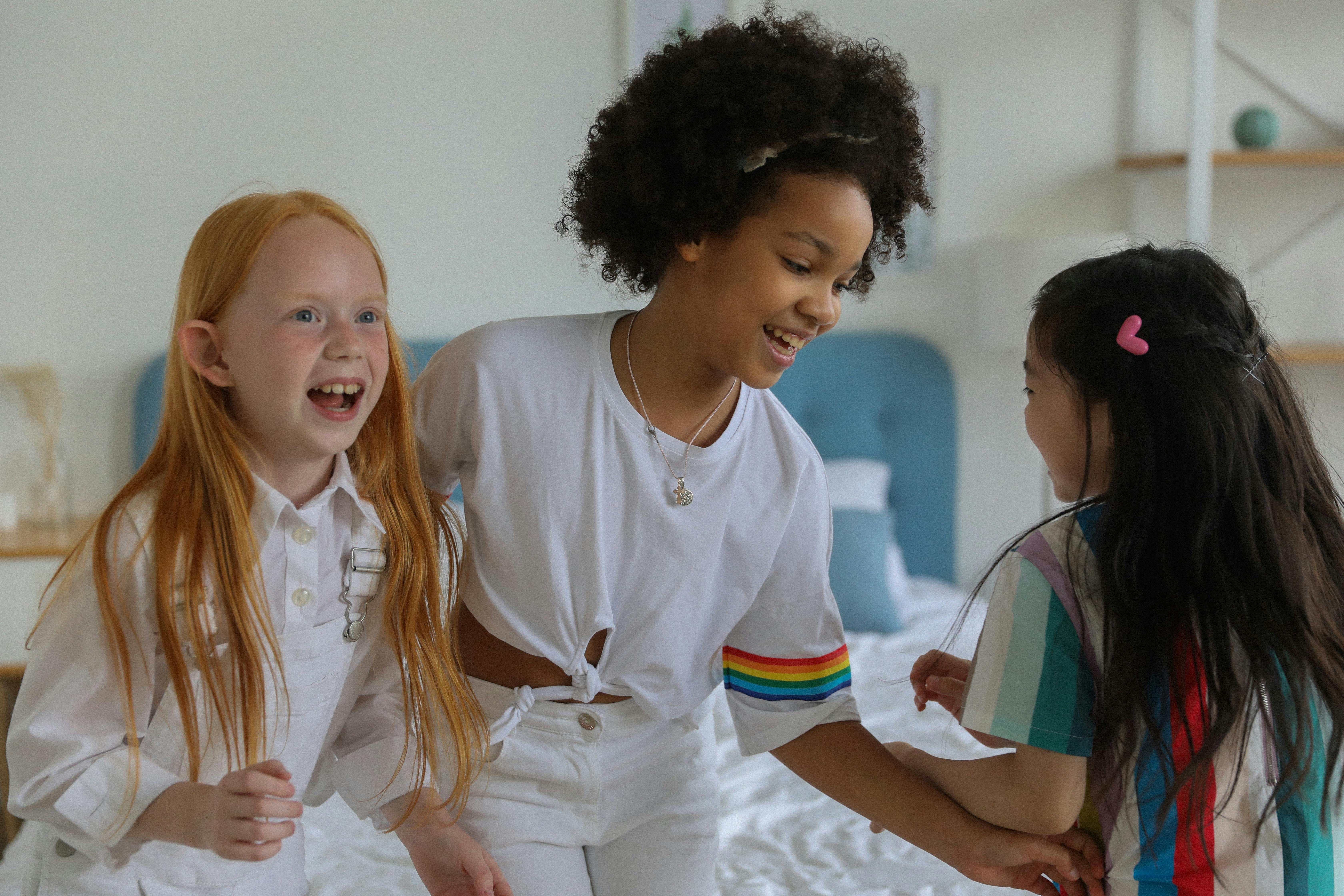It is often said that potty training is one of the most difficult tasks a parent will attempt during the childhood years. Many parents are willing to pull their hair out during the potty training process, but it doesn’t have to be a stressful process for you or your child.
Unfortunately, we don’t get a potty training guide as soon as our kids are born, but that doesn’t mean you have to fly blindly into the potty training process. There are lots of tips and tricks to help make this a rewarding experience that you and your toddler can share.
Ready, Set, Go?
To make the process less painful for you and your child, you need to make sure your child is really ready to start potty training. Many parents make the mistake of deciding that today is the day and going for it, ready or not.
Your child needs to be ready, and you can look for some signs of readiness to help you decide if today really is the day.
First, they need to know the words associated with potty training and what they mean. Words like urine, feces, and toilet are a great start. The child may also complain or feel uncomfortable when he has a dirty diaper.
When a child is curious about the toilet or willing to sit on it, that’s also a good sign that they’re ready. A child who asks to be changed when his diaper is dirty is usually ready to start changing.
Are you ready?
Potty training takes time and patience, and if you don’t have these things, you’re not ready to potty train your child. All children have accidents. You will be asked to make frequent and often unproductive trips to the bathroom.
If your child is ready but you are not, you may not be successful yet because your child does not have the necessary support.
stick to the plan
Once you have decided that you are both ready to be potty trained, you should create a plan or method and stick to it. If you are going to reward your child for going to the bathroom, you should choose the same reward and give it to her each time. Many parents take a loving approach, showering the child with hugs, kisses, and praise each time. Others create sticker graphics, etc.
The idea is to create an approach you’re comfortable with and stick with it until your child uses the bathroom consistently with minimal accidents.
The more consistent you are, the more consistent your child will be as a result.



